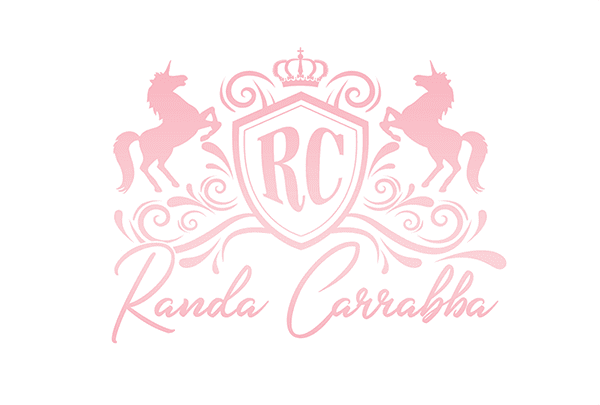Cardiovascular workouts and weightlifting are two types of exercise that differ in intensity, duration, and the groups of muscles that they use. They also burn calories in different ways. While cardiovascular exercise helps the body burn more calories per session, lifting weights allows the body to burn more calories in the long run.
One question I receive a lot in my inbox is “why do I burn more calories doing cardio than I do lifting weights on a strength day?”. Keep in mind that lifting weights helps you to build more muscle which allows you to burn more calories at a resting state, and you will also continue to burn calories at a higher rate in the 24-38 hours after your workout. Do not just compare the calorie burn number of cardio workouts vs. weight lifting workouts to deem one better than the other. This is why at PowHer.fit we incorporate both, however more of our emphasis is on strength training!
Cardiovascular exercise (cardio) is a form of aerobic activity. It increases breathing rate, burns calories quickly, and improves overall endurance. Examples of aerobic exercise include cycling, dancing, jogging, and swimming.
The ACSM define anaerobic exercise as intense physical activity of short duration, which uses fuel from energy sources within the contracting muscles rather than relying on inhaled oxygen. Lifting weights and sprinting are both examples of anaerobic exercise.
Strength training, including weightlifting, helps people gain muscle, which speeds up metabolism and burns more fat in the long term. Lifting weights usually leads to higher EPOC “excess post-exercise oxygen consumption” levels than cardio, resulting in more significant muscle breakdown. This means that the body continues to burn calories even after completing a weightlifting workout.
Many people think that if you want to lose fat, you should do more cardio, and that if you want to build muscle, you should lift weights. But it’s not that simple. You can use weight training to lose fat, and in some ways it’s actually better than cardio.
Falling for the common misconception that you only need to do cardio to lose weight is one of the biggest mistakes you could make and could hinder your progress. In addition to the increased calorie burn AFTER a strength training workout is complete, weight training continues to show even more ways to help increase calorie burn like I previously mentioned with increased lean muscle mass. Let’s dive a little deeper into that:
While it’s great to be burning more calories for 24-38 hours after the workout, that’s not going to help you two weeks from now, unless you are consistent with your workout program (which you should be, but that’s not the point I’m trying to make here). What weight training will enable you to do is build up a larger degree of lean muscle mass, which then basically serves as a calorie-burning powerhouse in the body. When you calculate your base metabolic rate (BMR), which is how many calories you would burn if you stayed in bed all day and did absolutely nothing except breathe, one of the factors that goes into this is your total body weight. The most accurate equations will also take into account lean body mass, which represents your muscles, bones, and organs.
The more muscle you have on your body, the higher this rate will be and the better the calorie-burning results you will obtain 24/7.
Another big benefit that weight training has over cardio training is that it will allow you to completely reshape your body. Cardio training will generally help you lose weight, however, this weight loss is typically a combination of fat and muscle, so what you’re left with is a smaller version of your current self.
When you are performing resistance training, while following a calorie-restricted diet, then you stand a better chance of losing strictly body fat, while helping to enhance the natural curves of your body due to maintaining or building lean muscle mass rather than losing it.
This will give you a much better overall transformation than if you just lost weight doing cardio. If you’ve ever noticed someone who has lost a considerable amount of weight but still looks somewhat “soft,” that’s usually why—they have lost some fat, but their muscles aren’t overly toned.
So stop comparing your calories burned within a given workout to an Apple Watch screen shot from someone else. Just because someone burns more calories during a given workout session doesn’t mean that your training time wasn’t as effective. Please continue to trust the process of full body strength training combined with cardio boosts, HIIT workouts and endurance days like we have listed within our programs at PowHer.fit. Another thing to be mindful of to get the most out of your strength training workouts includes less rest interval between training movements or sets, increased effort given and lifting heavier weights when your body is able to! The best way to get the results you want is to stick to your nutritional overview, track your food, stay consistent with your workouts and trust the program you’re following rather than comparing your journey or your calorie burn to someone else’s. To learn more about all the programs PowHer.fit currently offers, read more HERE.
As always, your first workout (both home or gym) is FREE at www.powher.fit! You can read our FAQ HERE.
Read more of the PowHer.fit blog posts HERE.
Hope you enjoyed learning a little bit more about calorie burn on weights vs. cardio!
xo,







Leave A Comment